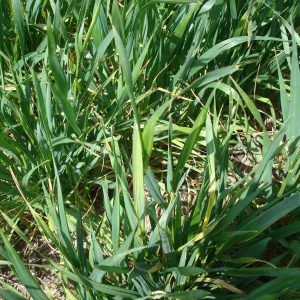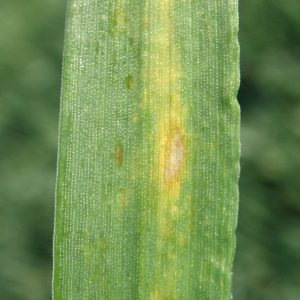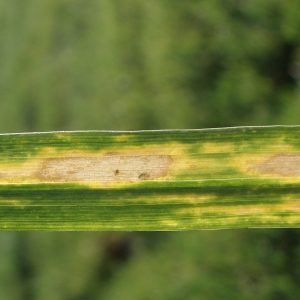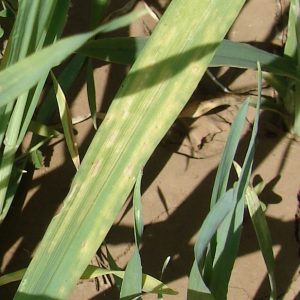Liquid Zinc Sulphate

Directions for Use
Soil Injection
Zinc is not mobile in the soil and needs to be placed near the emerging plants root system or if a blanket spray is used it needs to be evenly distributed over the soil surface and thoroughly cultivated into the topsoil.
Zinc deficiencies occur mainly in high pH soils and can be effectively locked up especially in calcareous soils, however consistent applications of robust rates does build up Zinc levels in the soil.
| Soil Injection | Rate (l/ha) | Water Rate (l/ha) | Comments |
|---|---|---|---|
| Soil Surface Application | 5-12 litres/ha | - | - |
| Furrow Injection | 2-8 litres/ha | 40-100 litres/ha | Under or to the side of seed |
Foliar Spray
Foliar sprays can be a most effective way of applying zinc sulphate solution, however it is critical that applications are early and best within 6 weeks of seedling emergence.
| Foliar Spray | Rate (l/ha) | Water Rate (l/ha) | Comments |
|---|---|---|---|
| Cereals | 1-3 litres/ha | 70-100 litres/ha | From 3 leaf stage |
| Canola | 1-3 litres/ha | 70-100 litres/ha | - |
| Beans + Legumes | 1-3 litres/ha | 70-100 litres/ha | - |
| Medic Pastures | 1-3 litres/ha | 50-100 litres/ha | - |




